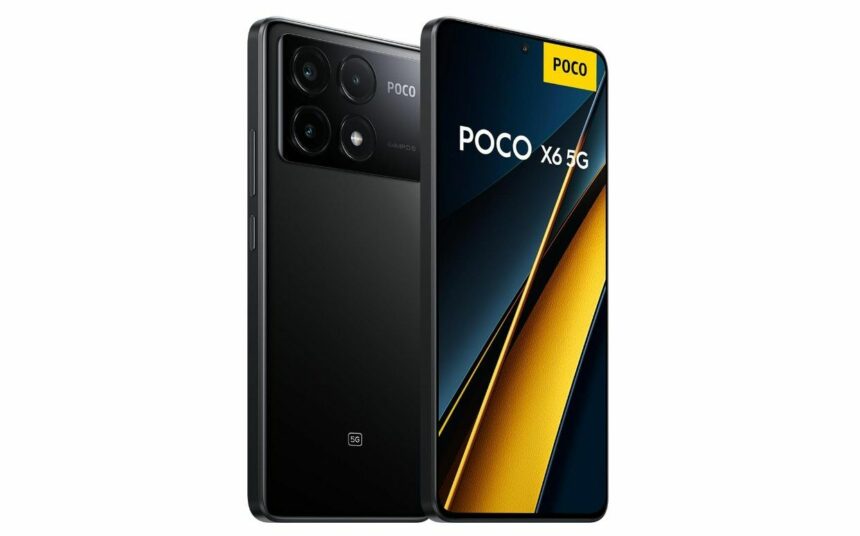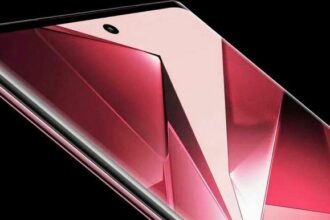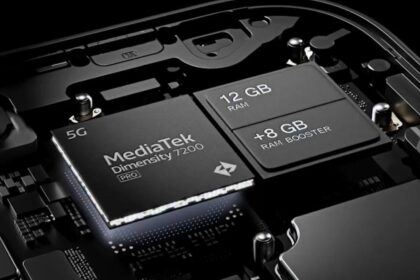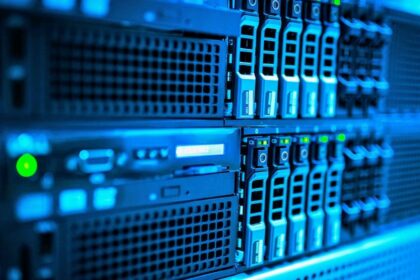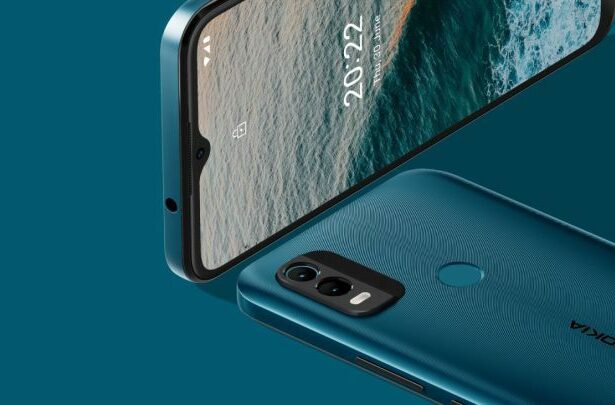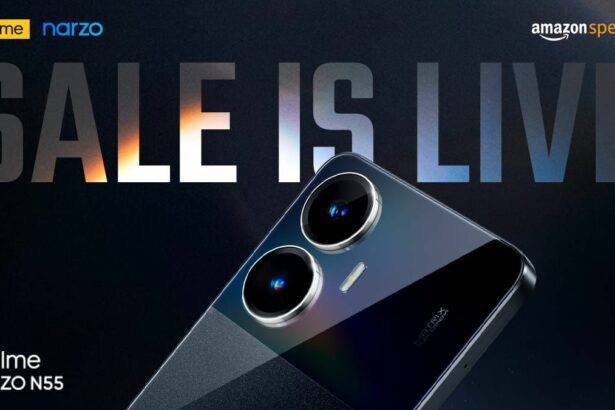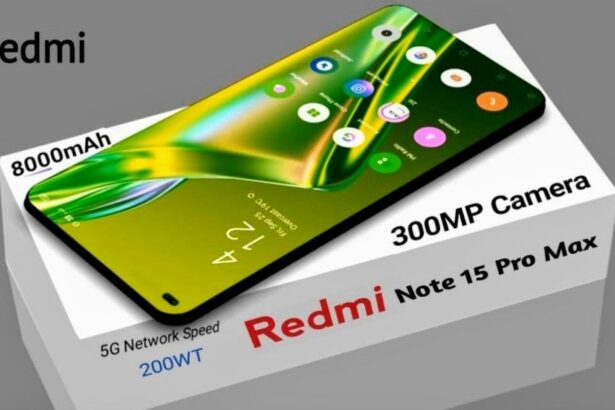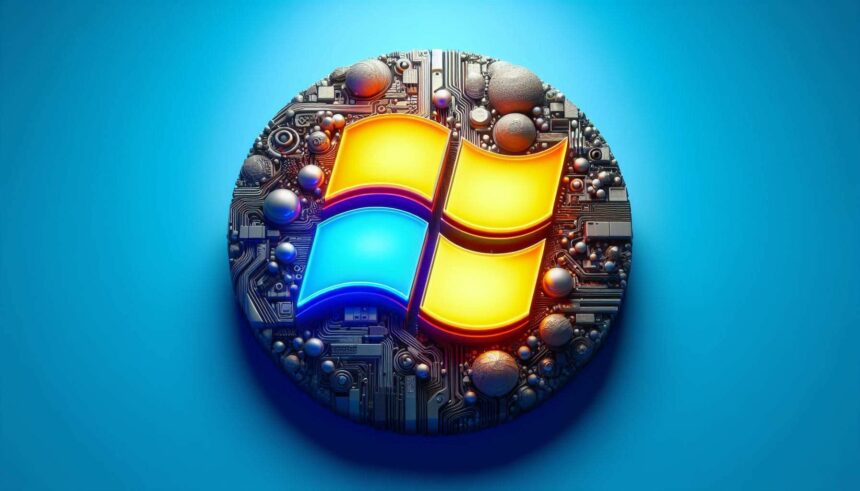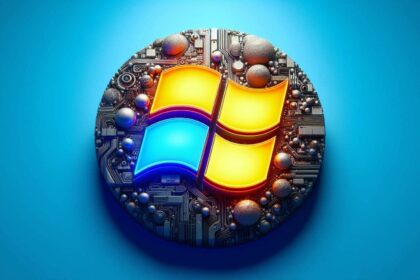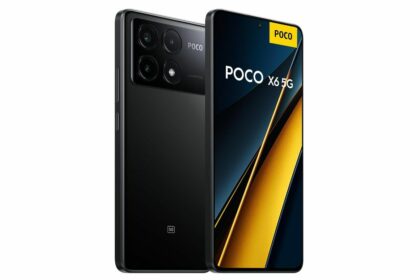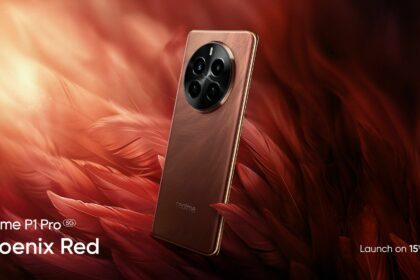Poco X6 Pro: A Comprehensive Review of Features and Performance
Certainly! Here's a comprehensive review for the Poco X6 Pro features and performance: Poco X6 Pro Review Design and Build Quality The Poco X6 Pro…
Let's Connect - Walnox
Featured Stories
Why is creating backlinks so important in the growth of a page?
Discover why creating backlinks is crucial for the growth of a webpage. Learn how backlinks boost search engine rankings, drive organic traffic, and build domain…
How does international SEO differ from traditional SEO?
How does international SEO differ from traditional SEO? International SEO (Search Engine Optimization) and traditional…
Amazon SNS: Simplifying Message Delivery in the Cloud 2024
Certainly! Here's a A Comprehensive guide about Amazon Simple Notification Service (Amazon SNS): What is…
Step-by-Step Guide to Setting Up a Web Hosting Server on Windows
Learn how to Setting Up a Web Hosting Server on Windows platform with this easy-to-follow…
Exploring the Top DevOps Tools for Successful Automation and Collaboration
Discover the most common DevOps tools essential for streamlining processes, increasing efficiency, and ensuring successful…
Nokia C12 Plus: A Comprehensive Review of Features and Performance
The Nokia C12 Plus emerges as a budget-friendly smartphone that aims to deliver essential features…
Realme Narzo N55: A Comprehensive Review of Features and Performance
Certainly! Here's a detailed comprehensive review for the Realme Narzo N55: The Realme Narzo N55…
Redmi Note 15 Pro Max: A Comprehensive Review of Features and Performance
Certainly! Here's a comprehensive review template for the Redmi Note 15 Pro Max: The Redmi…
What are some tips to make a successful blog in 2024?
What are some tips to make a successful blog in 2024? Discover some key tips and strategies to achieve blogging success and connect with your…
How long does it take to see results from SEO techniques?
How long does it take to see results from SEO techniques? SEO results typically take…
What are the Best Strategies for Search Engine Optimization (SEO)?
Learn about the best strategies for search engine optimization (SEO) to improve your website's visibility…
How to Use Multiple WhatsApp Accounts on Desktop
Certainly! Here's a A Comprehensive Guide on "How to Use Multiple WhatsApp Accounts on Desktop."…
Windows update 2024 : What’s new in the next major update
With every major Windows update, users around the world eagerly anticipate the new features and improvements that will enhance their computing experience. In this article,…
How to Keep Your Laptop Cool During Intense Usage
Certainly! Here's A Comprehensive Guide on How to Keep Your Laptop Cool During Intense Usage.…
Windows 12 Mobile: The Future of Mobile Computing
Discover the future of mobile computing with Windows 12 Mobile. Explore its key features, enhanced…
Windows update 2024 : What’s new in the next major update
With every major Windows update, users around the world eagerly anticipate the new features and…
Create a Guest Account on Windows 11 Home
Create a Guest Account on Windows 11 Home : Sharing your Windows 11 PC with…
Latest Updates
Poco X6 Pro: A Comprehensive Review of Features and Performance
Certainly! Here's a comprehensive review for the Poco X6 Pro features and…
Realme P1 Pro: A Comprehensive Review of Features and Performance
Certainly! Here's a comprehensive review for the Realme P1 Pro, highlighting its…
Vivo T3x 5G: A Comprehensive Review of Features and Performance
The Vivo T3x 5G is an upcoming smartphone that promises to deliver…
How Much Does Google AdSense Pay You Per View?
Interested in learning how much Google AdSense pays per view? Read on…
Earn Up to $190 Daily Uploading Videos (Easy 4-Step Process)
Are you looking for a way to make money online? If so,…
OnePlus Nord CE 4 5G: A Comprehensive Review of Features and Performance
Certainly! Here's a comprehensive review for the OnePlus Nord CE 4 5G,…
Vivo V30e: A Comprehensive Review of Features and Performance
The Vivo V30e is an upcoming mobile phone that promises an impressive…
What Is Function Overloading in C++?
Function overloading is a powerful feature in C++ that allows you to…


